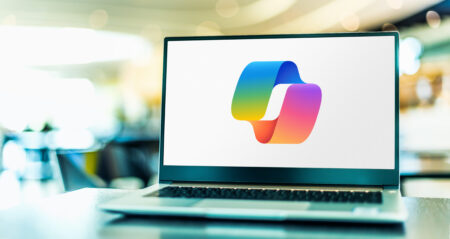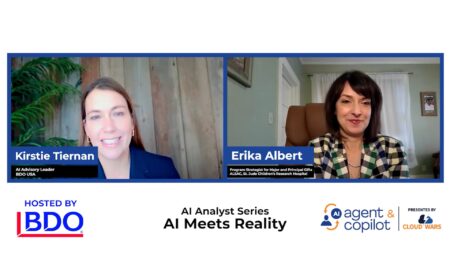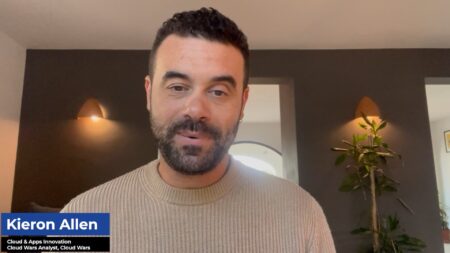A new partnership between Arizona State University (ASU) and OpenAI aims to drive artificial intelligence (AI) and generative AI (GenAI) — specifically ChatGPT Enterprise — deeper into the education system. The two organizations will work together to find novel ways of applying the tech to both teaching and behind-the-scenes administration of the university.
According to a blog announcing the partnership, ASU will invite staff to submit ideas for using the tech in their work lives. The three key areas of focus for these implementations are teaching, increasing the speed of AI research, and streamlining organizational processes.
While ASU and most universities already have many AI research initiatives, it’s one of the first to embrace the impact of AI on school management and the student experience, led by Lev Gonick, ASU’s forward-thinking CIO.
This partnership will be a learning experience for both organizations. OpenAI will gain direct visibility into the unique needs of a large educational institution while ASU has leeway to experiment on how AI impacts teaching. Hopefully, students will receive a better education as a result. Personally, I believe all schools, even grade schools, will eventually have to include GenAI in their teaching methods, curricula, and internal operations.
Ask Cloud Wars AI Agent about this analysis
How AI Impacts the Student Experience
Ever since the arrival of ChatGPT, there’s been an awkward asymmetry in schools. Students use GenAI to learn, disseminate information, and write while teachers are barred from doing any of these things. Curricula have not adapted. Many schools are also kept from implementing school-wide policies on the technology because governance and regulation remain unclear. Parents aren’t fully comfortable with the tech yet either. An early example of this confusion is when New York City public schools banned the use of ChatGPT in 2023 and then lifted the ban months later.
However, the potential impact of GenAI on the learning experience is undeniable. Students have discovered that on their own. Regulations and school management must follow. For example, teachers can use GenAI to assist in writing new questions for tests, developing lesson plans, or creating documents for the class.
Students can use it to learn, research, and write. GenAI can produce text and images. It can provide different explanations of concepts that are tailor-made for each student — supported by data that shows which lessons or ways of explaining resonate most on an individual basis. This would be considered a teaching copilot or an AI tutor. In the future, classes may be taught entirely by advanced AI systems — the professors delivering by-the-book lectures with no passion aren’t too far off from a robotic presentation anyway.
The Future of GenAI in Education
Like Zoom or email, GenAI is rapidly becoming a necessary tool for any knowledge worker. Those without the skills and know-how around GenAI will fall behind, putting pressure on schools to prepare their students for an AI-powered future.
It’s clear that the tech is here to stay and that it will impact how students are educated. But with this change comes the necessity for us to build stronger guardrails, enforce the ethical use of AI, and determine crystal-clear regulations that help ensure AI is being used responsibly in the classroom. Data privacy is critical. Content has to be moderated. A little imagination can take you very far when it comes to worst-case scenarios of AI programs teaching children.
Even the EU AI Act, the most comprehensive regulation on AI in the world, does not address the issue of AI use in the classroom. As a result, many public schools simply cannot innovate in their approach yet.
In time, I hope regulators tackle these issues. AI holds the potential to improve how students learn and how teachers teach. Teachers could certainly use some help, and copilots could be part of the solution. And the world could always use better educated people. The partnership between ASU and OpenAI is a strong start in the right direction.











